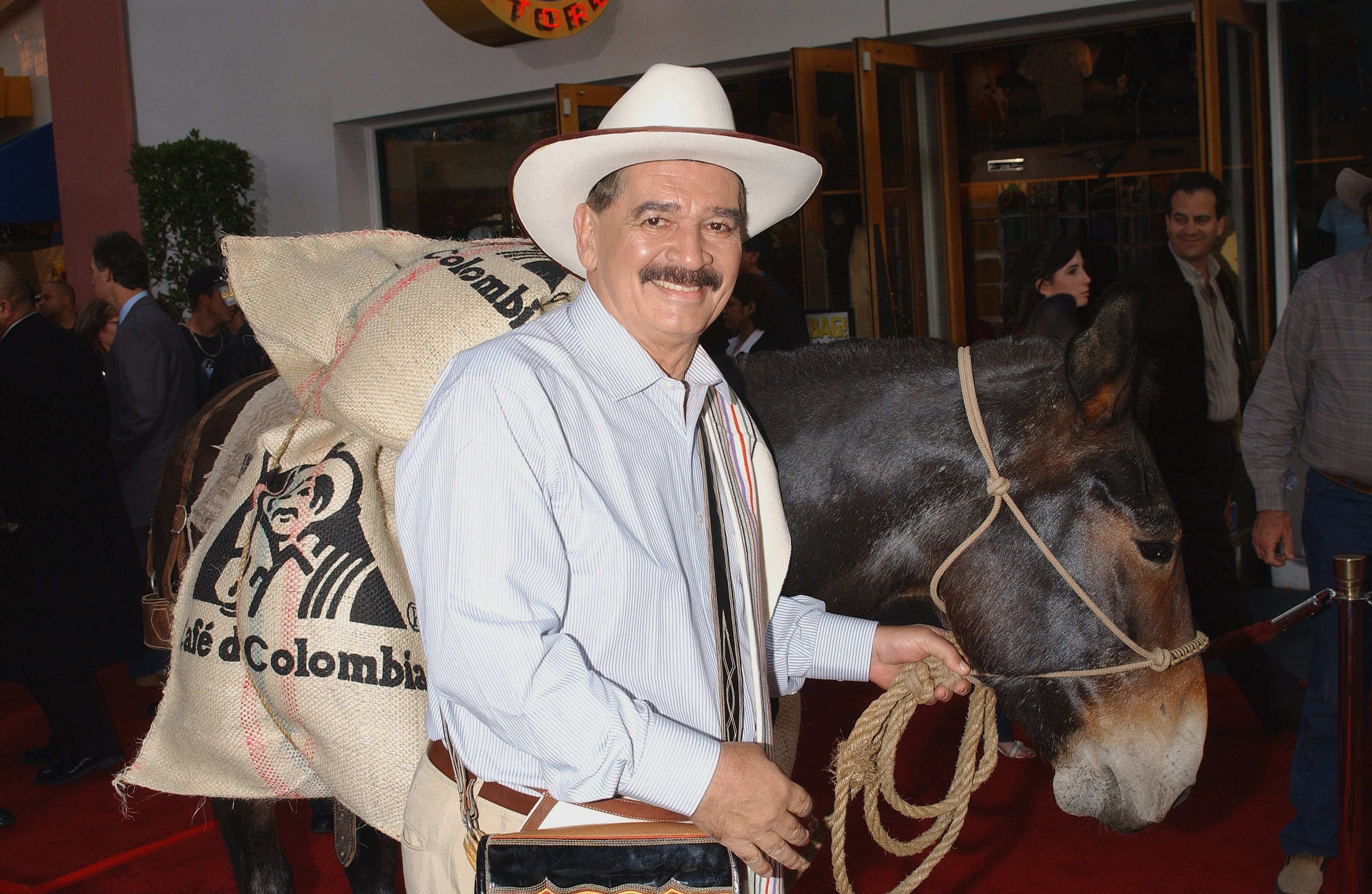
Since the 1960s, a fictitious coffee grower, complete with poncho, has achieved what few Colombians have managed: to captivate half the world with his simplicity, a smile and a cup of coffee. His name is Juan Valdez, and in 70 years he has been brought to life by three actors. It is a role that has failed to be filled for more than a year. Since the death of Carlos Castañeda, in April 2024, nobody in Colombia knows who will play the farmer who is invariably accompanied by his mule, Conchita. In the National Federation of Coffee Growers (FNC), the private guild responsible for the icon, no one is taking responsibility for the future of one of Colombia’s most powerful advertising tools.
The icon started to take shape in 1959. That year, the National Federation of Coffee Growers commissioned the New York agency Doyle Dane Bernach to create a fictitious character to represent it. The objective was to differentiate the brand of one of the finest mild coffees in the world from its competitors. “There are two volumes written on how the name was chosen,” recalls coffee analyst Guillermo Trujillo. “It had to be easily pronounced everywhere. The type of words and the enunciation of each language were taken into account.” The U.S. publicists synthesized the requirements of the guild and captured them in a character imbued with features that embodied coffee culture aesthetics.
Seventy years later, things have changed, and certain advertising sectors have raised the possibility of rethinking the figure of the good-natured coffee grower and his mule. The National Federation of Coffee Growers has made no public decision on its future. “Juan Valdez as a brand remains intact. It is a valuable intangible. We continue strengthening its equity through each one of the 13 million bags of Colombian Coffee exported and through each interaction with the clients of each one of the 650 stores and all the mass consumption channels,” the president of the FNC, Germán Bahamón, tells EL PAÍS.
The lack of a decisive plan worries veterans of the sector like Trujillo: “It is one of the greatest symbols of Colombia and an icon of coffee growing,” he says. “Today there is no news on replacing it and keeping it alive as a value that is increasingly important because it promotes the farmer over technology. I suspect that the current leadership wants to kill off Juan Valdez.” Has the time come to think, for example, of a female icon? Today, many female growers no longer identify with the image of the mustached man.
Germán Bahamón says: “A brand is much more than a character, a symbol or a logo. It is a set of values, experiences and promises that an organization, product or service projects on its target audience. We protect it every day. It is the brand of an entire country.” However, the time seems to have come to update the features of a character that was born in the middle of the Cold War and today operates in a digital market sensitive to the impact of cultural issues on business. In other words, any marketing gesture that does not consider environmental issues, gender equality or racial discrimination could face backlash.
What few analysts understand is the moment chosen by the FNC to leave the icon dangling in limbo. This year, a pound of coffee has reached an all-time high of up to $4.25 on the New York Stock Exchange. This is twinned with high rates of inflation. The coffee bean has become more expensive and consumption has decreased. Therefore, more than one analyst believes that this is the right time to promote the product. However, the lack of information from the guild has generated uncertainty. Does anyone know which way to go? Analyst and consultant Luis Fernando Samper was in charge of the FNC’s marketing division for six years. In his opinion, the character of the coffee grower has been subjected to overexposure that has reduced interest in it.
“He appeared everywhere. It no longer had impact. The question that one asks going forward is how the values of Juan Valdez will work, and whether there are aspects of that brand architecture that should evolve over time. It is a strategic question that has no obvious answers,” adds Samper. He recalls that managing the character and the three actors who played him over 70 years has been difficult. The media has often wanted to invade the privacy of the actors. And the first of them, José F. Duval, was the Cuban son of Spanish immigrants who only lasted a year and ended his days struggling with alcoholism.
The second, Carlos Sánchez, was an actor from Fredonia who played the part between 1969 and 2006. He passed away in 2018 due to a respiratory infection. The New York Times dedicated an obituary to him in which the golden era of the federation’s advertising with its global impact was recalled, including its mention in the 2003 movie Bruce Almighty, with comedian Jim Carrey. The last to embody the character was Carlos Castañeda — a coffee farmer from the Andes, who died at 58, in April 2024. “It was not an easy task,” says Trujillo. “There was a risk of kidnapping. He always liked to be in his rural area and moving him from one day to the next to eat with foreign presidents, or for a meeting with industrialists from the United States, was complex.”
“If someone is to replace Carlos Castañeda, it must be the result of a very deep reflection,” Luis Fernando Samper concludes. “You should not keep the character for the sake of it. You have to find a purpose, set a goal and look at the complications or risks that any decision comes with. Even if you decide to do nothing. There are many people in Colombia who identify with the icon. But you have to take into account that the world of the 1960s, when coffee growers were seen as very exotic figures, has disappeared.”
Sign up for our weekly newsletter to get more English-language news coverage from EL PAÍS USA Edition

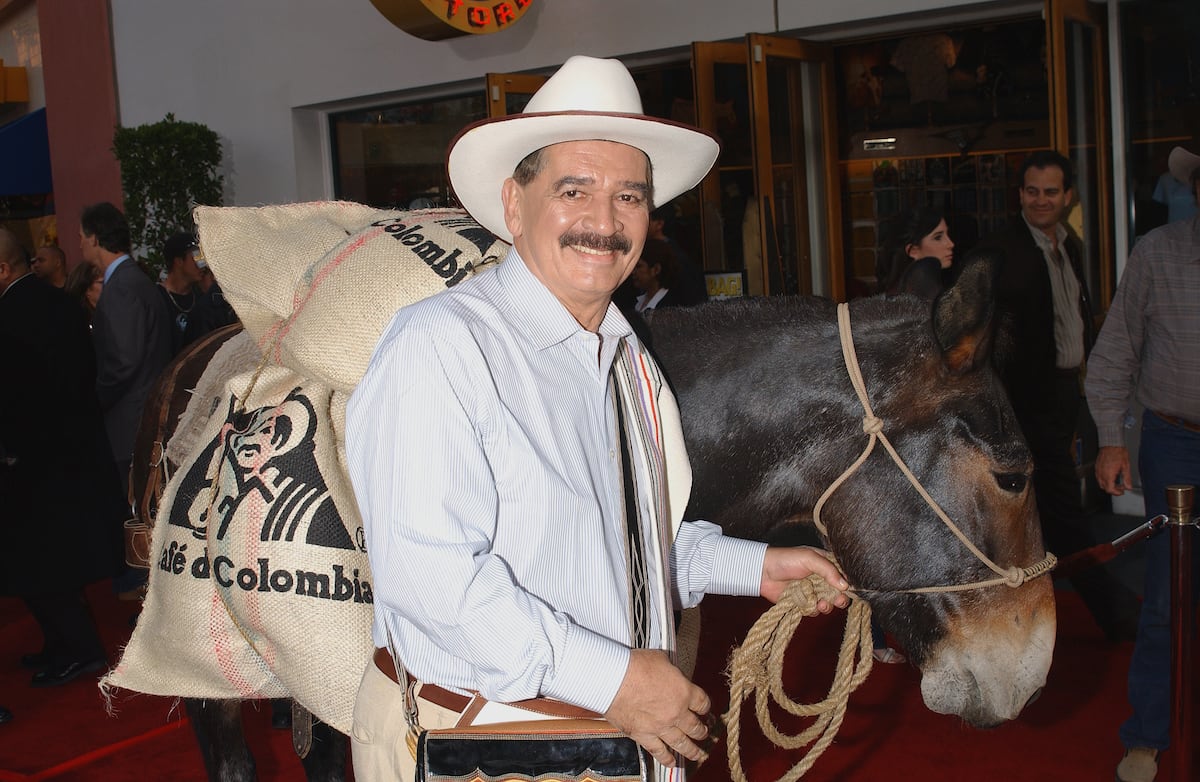
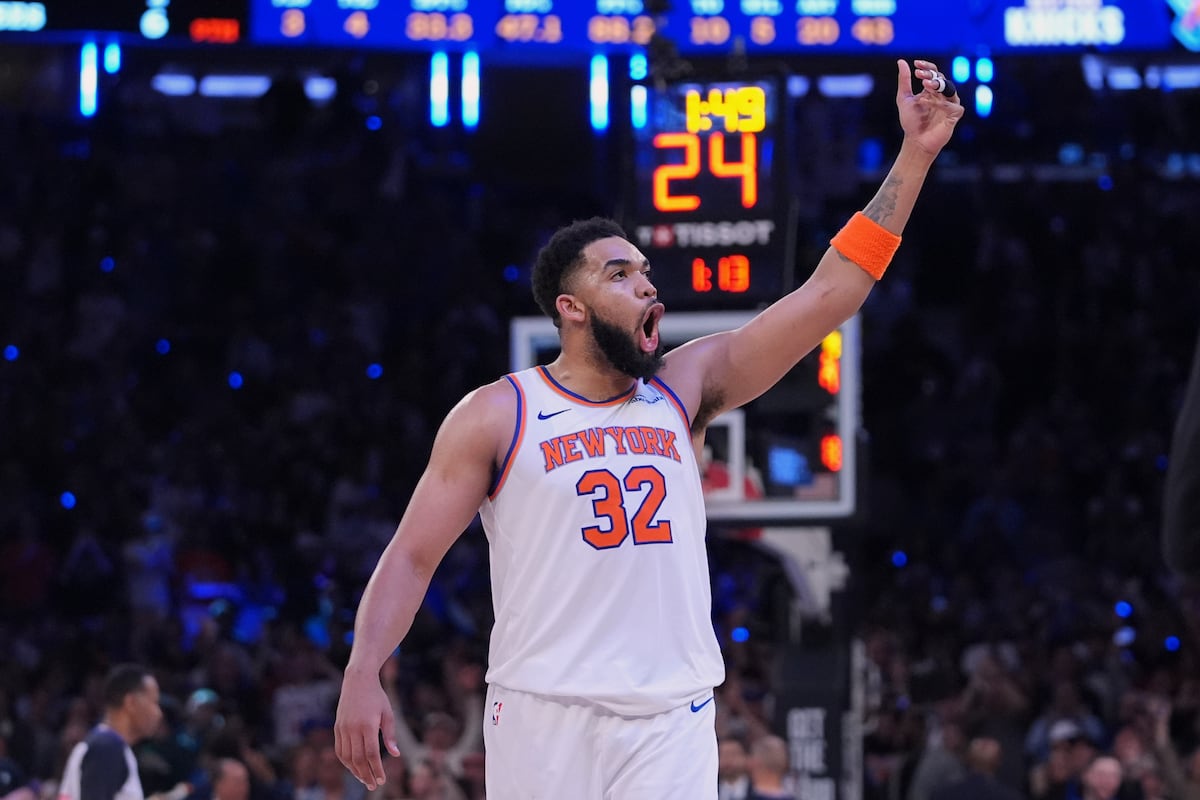
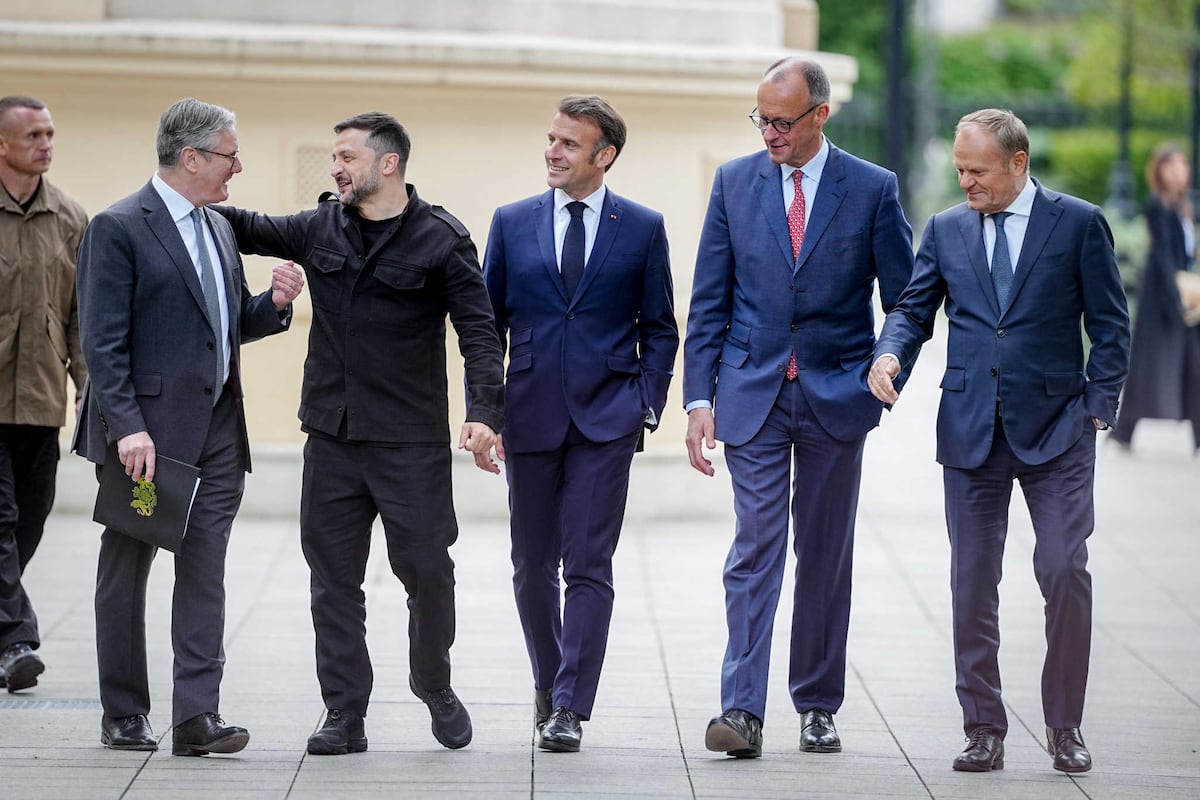
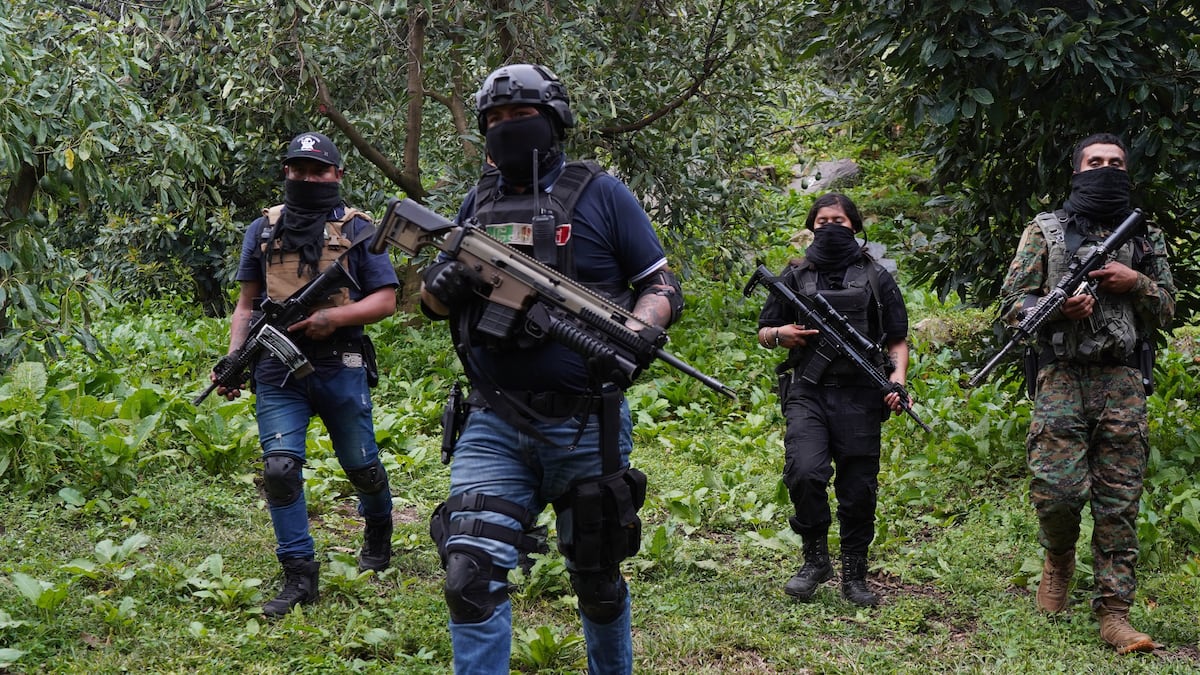

Comentarios